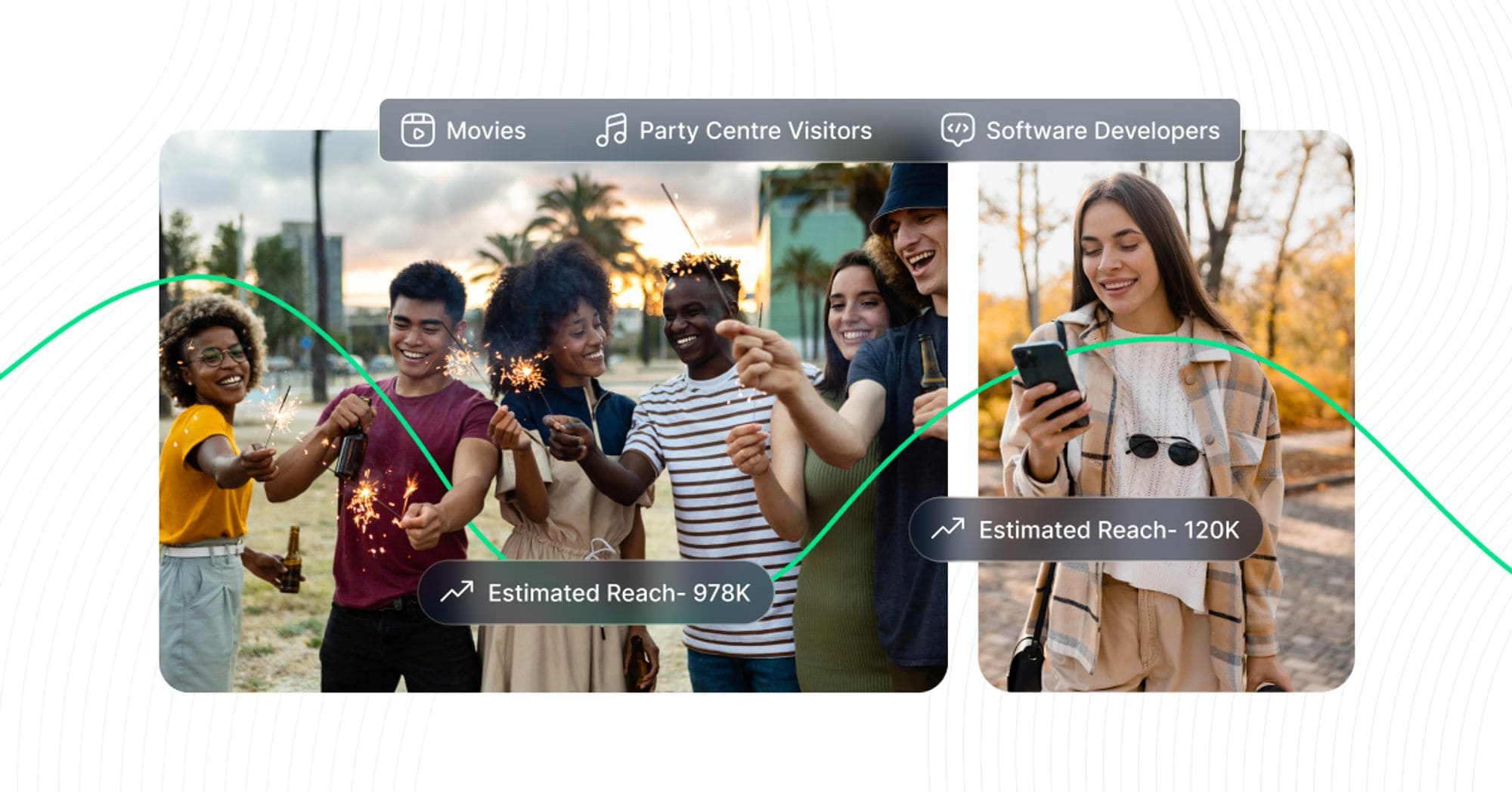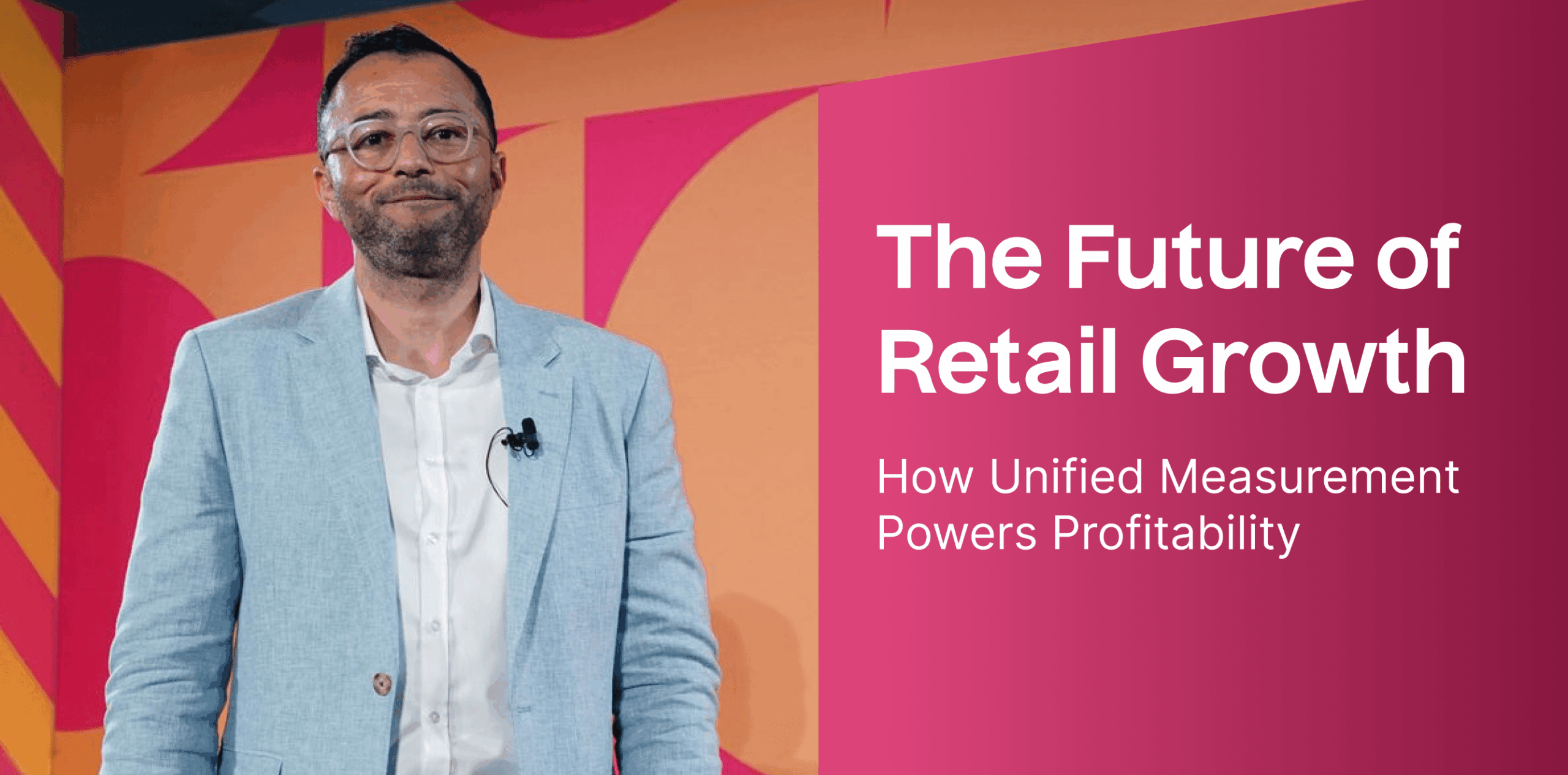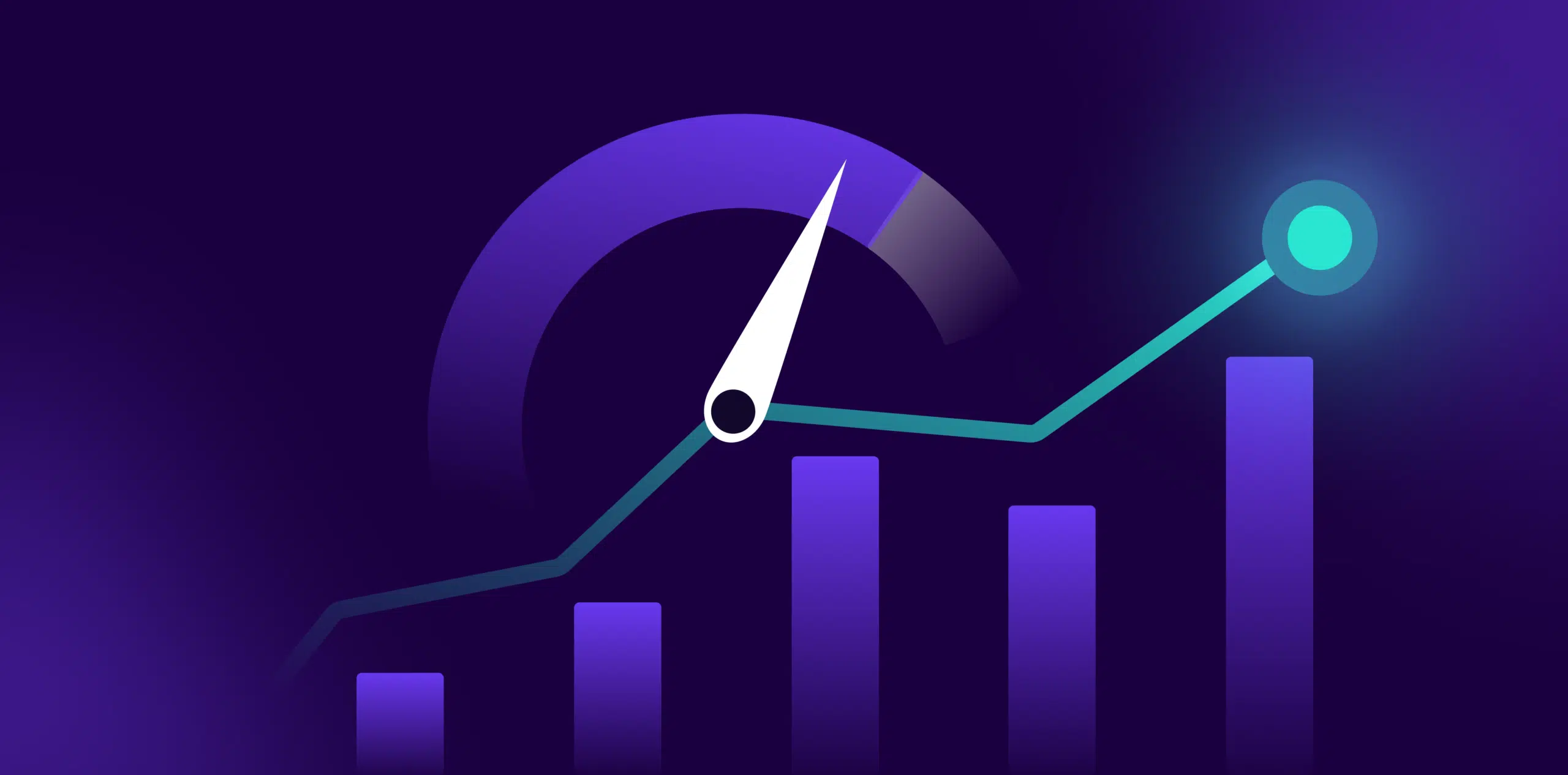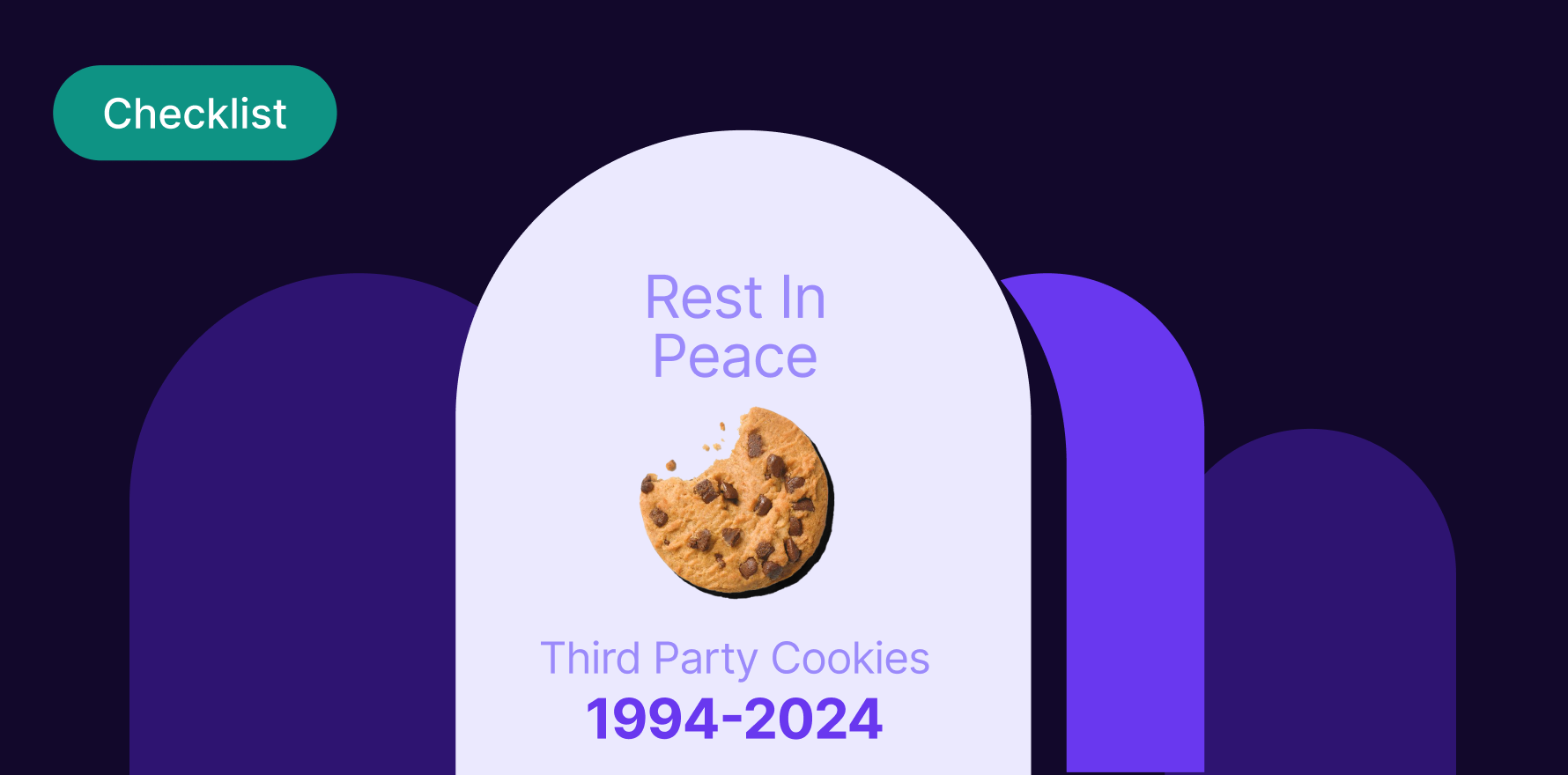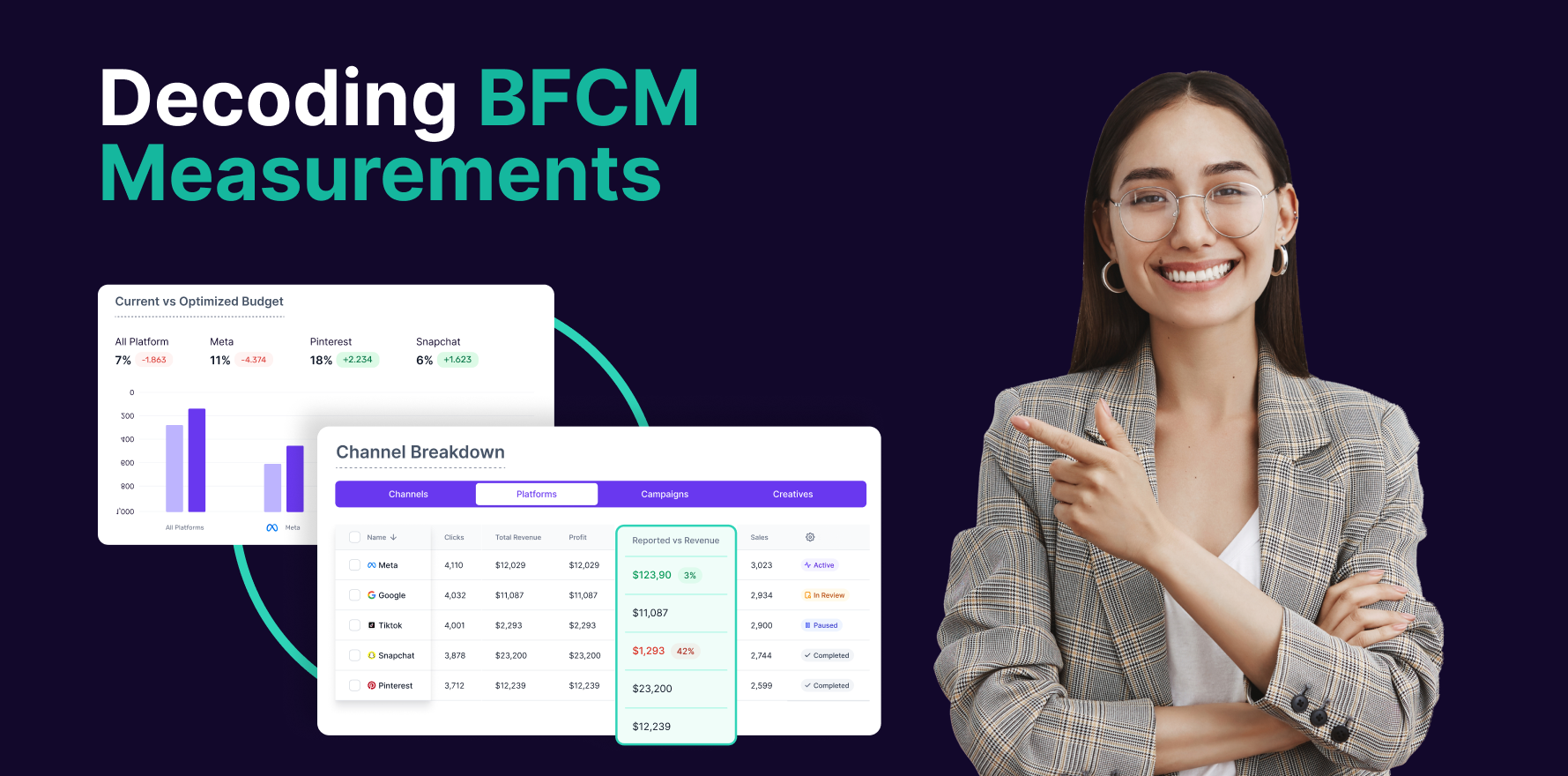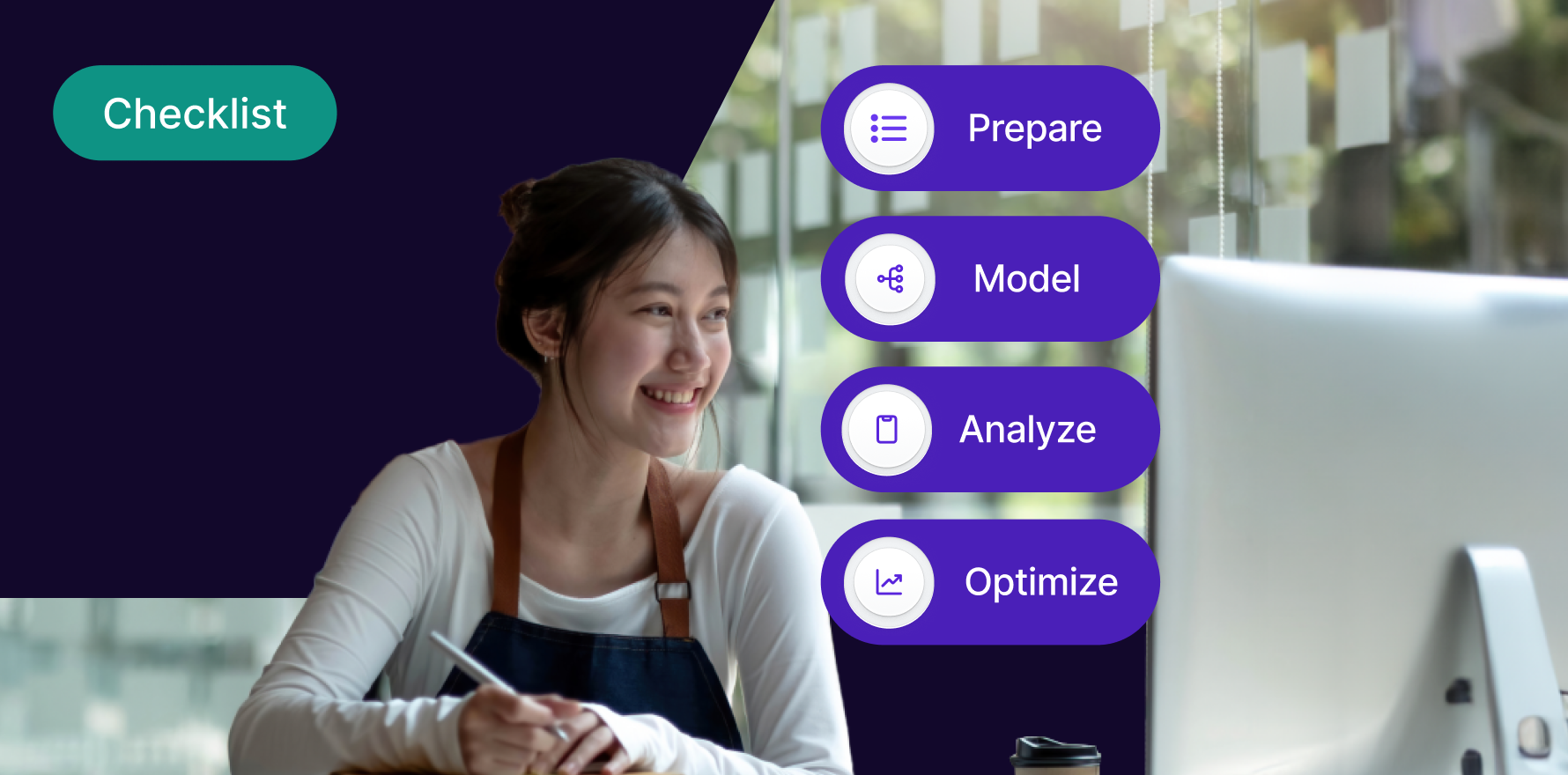Advertisers are in the throes of a crippling recession that shows no signs of abating. Ad budget cuts are typically the most obvious (and might we say, knee-jerk?) response in times like these, which has brand marketers and agencies worried. But Lifesight customers are comparatively less uneasy. The economy may be in turmoil, but your ad budgets don’t have to. Precision targeting is keeping advertisers ahead of the curve in these times. But it’s not just any precision targeting. Read on to know more.
Elizabeth Gardner is a senior marketing and GTM expert and the Founder of Garnish Media. She nails audience targeting in the book, Digital Minds: A Strategic Approach to Connecting and Engaging with Your Customers Online.
“It’s hard to target a message to a generic 35-year-old middle-class working mother of two. It’s much easier to target a message to Jennifer, who has two children under four, works as a paralegal, and is always looking for quick but healthy dinners and ways to spend more time with her kids and less time on housework.”
This insight becomes even more critical when:
- The economic climate is causing 75% of multinational companies to tweak their media budget decisions.
- Cookie-based precision targeting is going to be a thing of the past soon.
- Google is also phasing out its Similar Audience offering by August 2023, creating ripples among those using it for lookalike targeting.
To beat these blues, Lifesight customers are honing in on precision targeting with accurate customer segments and actionable customer intelligence on Lifesight Audiences, all to reach more customers who make a difference to the business bottom line.
Sample this: A global fashion brand used a lookalike audience to increase ad engagement by 224%. Thats phenomenal ROI, and it can be a game-changer during the recession.
So let’s get right into it.
Precision targeting the non-obvious customer
Despite thousands of data, analytics and segmentation tools available, brands often make the mistake of targeting their ad to the obvious customer demographic. But there’s great value and untapped potential in getting to know the non-obviou customer. That’s precisely what precision targeting is meant to do. Especially for your recession marketing playbook, this strategic and creative approach to break through new yet high-value customer segments can make or break ad effectiveness.
Let’s take this hunt for the non-obvious, high-value customer for a spin.
Gabrielle or Kat, who will it be?
You head marketing for a vegan skincare brand. You joined a week ago and are reviewing what your new employer has been up to. Their existing drawing board tells you that your best customer persona is Gabrielle, a 38-year-old senior professional who lives and works in affluent neighborhoods and spends significant time in spas and salons. Seems obvious! Vegan = Expensive. Skincare = Women. Who else could the TG possibly be?
You are the maverick contrarian, though. You have an inkling that your target audience is someone like Kat instead. A Gen Z with some authentic sincerity to save the world. She lives in an affluent neighborhood, in her parents’ apartment. She’s a mid-level social media manager, running from one meeting to another. Outside work, she is a part-time animal rights activist and part-time pub-hopping, vegan-brunching girl next door with no time for lengthy skincare routines.
Your first step is to test and validate which of these is your highest CLV customer. You A/B test your segments, and your instinct’s right. Your ideal customer persona, the one who’s most likely to spend most with you, is Kat, indeed!
Brands using Lifesight Audiences save some time. They identify Kat as an ideal vegan skincare consumer.
She has a great affinity for brands offering fragrance-free products.
Her content is all about a vegan lifestyle: food, clothes, and more.
Her locations, too: vegan cafes and clothing stores.
There are clues all around Kat, and Lifesight Audiences has already included her and many like her in the pre-built “Vegan New Yorker” custom segment.
Brands are using that segment, and many like it, to reduce ad waste.
High-end biodynamic skincare brands marketing lengthy skincare routines will identify Kat as a consumer not likely to buy their product. They, too, now have an easy way to suppress their ads to Kat and market to Gabrielle instead. A lot about the latters lifestyle spells dispensable time and income – and luxurious organic skincare and routine could be an excellent addition.
This is just one example of how brands identify their ideal customer personas with Lifesight Audiences and deploy precision targeting that doesn’t waste ad spend.
How marketers are reducing ad waste with Lifesight Audiences
- Well-defined customer identities beyond the obvious
- One-click pre-built high-ROI segments
Precision lookalike targeting: No better way to cut CAC
But only if you do it right! Google’s Similar Audiences may phase out, but your lookalike precision targeting doesn’t have to.
Statistics have found lookalike segments to be truly powerful in achieving campaign goals.
- 34% lower cost per conversion (Facebook)
- 63% improved CTR (Adroll)
- 24% lower CAC (Marin Software)
In the Lifesight universe, lookalike targeting results look way better. Our customers have used Lifesight Audience’s segments and lookalikes to improve marketing ROI by 200x!
More importantly, they have used lookalike segments for years, with little to no reliance on third-party cookies.
2023 is BAU for them.
Onboarding CRM data is helping marketers find the specific cohorts that are most likely to buy from them. But there’s more. Advertisers look beyond audience personas and digital behaviors to find their next high-CLV customer.
Engagement data is helping brands and agencies find more customers similar to those who have engaged with their digital ads.
Ecommerce store behaviors are helping them find customers similar to those who have added to the cart.
But, most importantly, real-world customer intelligence is enabling advertisers to find more customers similar to those who visit their or their competitor’s stores, consume specific kinds of content, or even see that particular DOOH site often.
A lot is possible with lookalike segments on Lifesight, all towards high-impact precision targeting. But only for those who are doing it right.
Returning to Gardner’s example, you have found your Jennifer, the paralegal mother of two toddlers and your most high CLV customer. But is her sister Macy also the right fit for your lookalike segment?
Macy and Jennifer have a lot in common: similar content consumption, similar brand affinities, even similar website visits. Because Jennifer is a high ROI audience, cookie fans could confuse Macy for being one too.
But here’s a twist – the devil is in the details.
Macy is single, works as a wildlife photographer, and cooks to unwind. Gardner’s example shows that Jennifer is the opposite: “Jennifer, who has two children under four, works as a paralegal, and is always looking for quick but healthy dinners”
For a brand selling healthy ready-to-eat TV dinners, this minor difference can make or break their ROAS.
Jennifer and Macy may search for similar brands and fashion online. But Jennifer’s the busy mom with no time or inclination to cook elaborate meals. Instead, she visits QSR chains on her way home from work. She drops by the salad store on days she is more determined. Reading and watching “quick and easy dinner recipes” as she ambles along her day-to-day life. That’s Jennifer for you. She’s the most precise TG for the healthy TV dinner brand. Over time, she’s going to have a high CLV too.
Her sister, Macy, doesn’t find cooking stressful. She, in fact, loves it. Macy is found in gourmet stores a lot. She is always attending baking workshops in the cities her work takes her. TV dinners, healthy or not, aren’t up her alley. Cookie-based lookalike targeting will target Macy and it will fail.
Brands often think lookalike segments are about including all their website visitors or those with similar digital behaviors as their high CLV customers without further digging. They make the mistake of precision targeting Macy just because Jennifer buys from them. That’s lookalike audience gone wrong.
Lifesight Audiences customers do lookalike segments better. They use holistic consumer graphs and identities to find the cohorts that perform best for their campaigns. They know Macy for the gourmet home chef that she is. A TV dinner brand will never see her in their lookalike segment.
More importantly, Lifesight users have refreshed lookalike audiences available in one click. During a downturn, customer behaviors shift rapidly. Reduced spending, less leisure travel, less shopping, more coupons and cashback.
Lifesight Audiences users have the superpowers of alternative data and attributes and go beyond cookie-cutter precision targeting. If Macy, during the downturn, moves from lavish gourmet to TV dinners, she’ll be sure to join the TV dinner lookalike bandwagon!
How marketers are improving CAC with lookalike segments on Lifesight Audiences
- Holistic identities and attributes as the foundation for precise lookalike segments that don’t work like guesswork
- Frequently updated segments, available in one click
Precision targeting and lookalike segments done right with Lifesight
Reducing CAC, improving ROAS, finding your next high-CLV customer doesn’t happen with spray-and-pray techniques. And thats surely not the way to go about it during an economic downturn.
Reinvent in the recession with precision targeting and lookalike targeting that’s truly not cookie-cutter. Request a demo.
You may also like
Essential resources for your success
